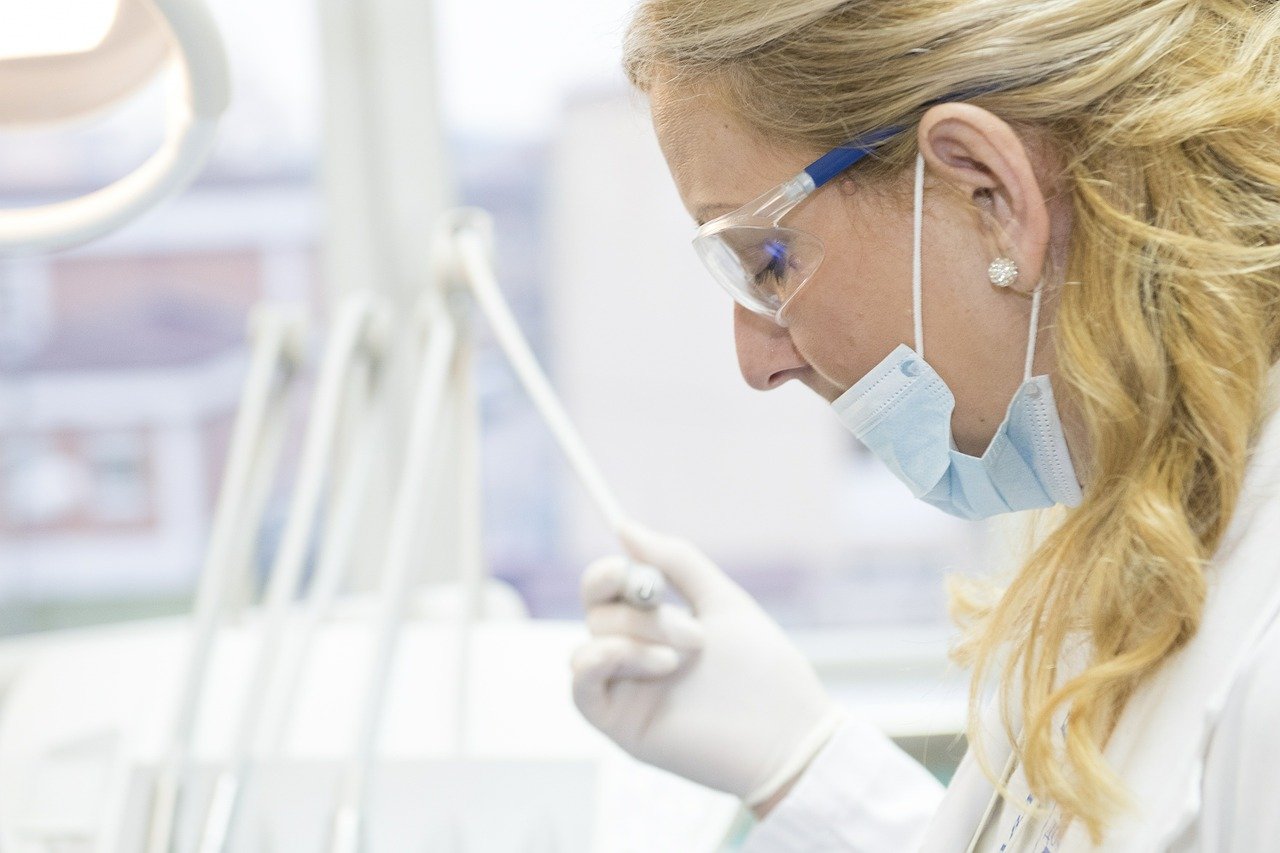Your cart is currently empty!

COVID-19 Confusion
The Pew Research Center tells us that 85% of Americans wear masks when they’re out and about, but some people continue to resist. It’s a small effort, the data in favor of it is overwhelming, and yet there are people who fail to or even refuse to wear masks. Even more wear them incorrectly. It’s an example of COVID-19 confusion that’s hard to understand.
A recent study found that those who refuse to wear masks may have antisocial tendencies. Mask wearing also became highly politicized in 2020. The comments below show how popular conspiracy theories are.

But we can also see plain old confusion. The comment below, referring to new data suggesting that two masks could be more effective, especially for people who have trouble fitting their masks correctly, begins with “So, here we go AGAIN!!” — perhaps expressing frustration over the apparent changeability of the information.

Trouble with science
When new information is found, scientists change their minds to fit the new evidence. That’s how it’s supposed to be, and people who are comfortable with that (or with science) aren’t confused by those changes.
There are people who have the opposite reaction, however. If new information arises, they don’t change their minds. Instead, they try hard to make it fit their preconceptions. If they need to change the new information or to reject it entirely in order to avoid changing their minds, they will.
For these readers, the very fact that recommendations about masks have changed over time seems suspicious.
Remember we’ve been through this process over the past year:
- Consumers should not wear masks, since supplies are not sufficient and they may not prevent transmission. Leave the masks to the medical professionals.
- Consumers should wear masks, in order to prevent infecting others.
- Masks might protect the wearers, too.
- Gaiters don’t work like masks.
- Gaiters can be worn, but they should be folded to create two layers.
- Double masking might help improve the fit and effectiveness of masks.
During this time, we have seen people wearing the masks incorrectly, heard false claims that face masks are dangerous to our health, and were pelted with conspiracy theories on the subject.
Getting a variety of stories on one topic can make people feel uncertain about the facts. They may decide that there is no expert agreement on the facts, that one person’s opinion is just as good as another’s, or that it is impossible to tell what is true. Healthcare consumers report this for information about everything from nutrition information to babies’ sleeping positions, so we should not be surprised that this same sense of helplessness comes up with coronavirus information.
What can you do about COVID-19 confusion?
Don’t take the position that accurate information is widely available and it’s your patients’ job to find it. Offer clear, well-supported information at your website. Your patients may see a lot of misinformation in social media (where many people now get their news) and at Google.com.
They need a trusted advisor to turn to when they feel confused.
Being that trusted advisor may bring patients back into the office and strengthen your marketing. But it certainly can help limit the sense of COVID-19 confusion that many of your patients may be feeling. It may even get them to take the actions that will help overcome the pandemic.
by
Tags:

Leave a Reply